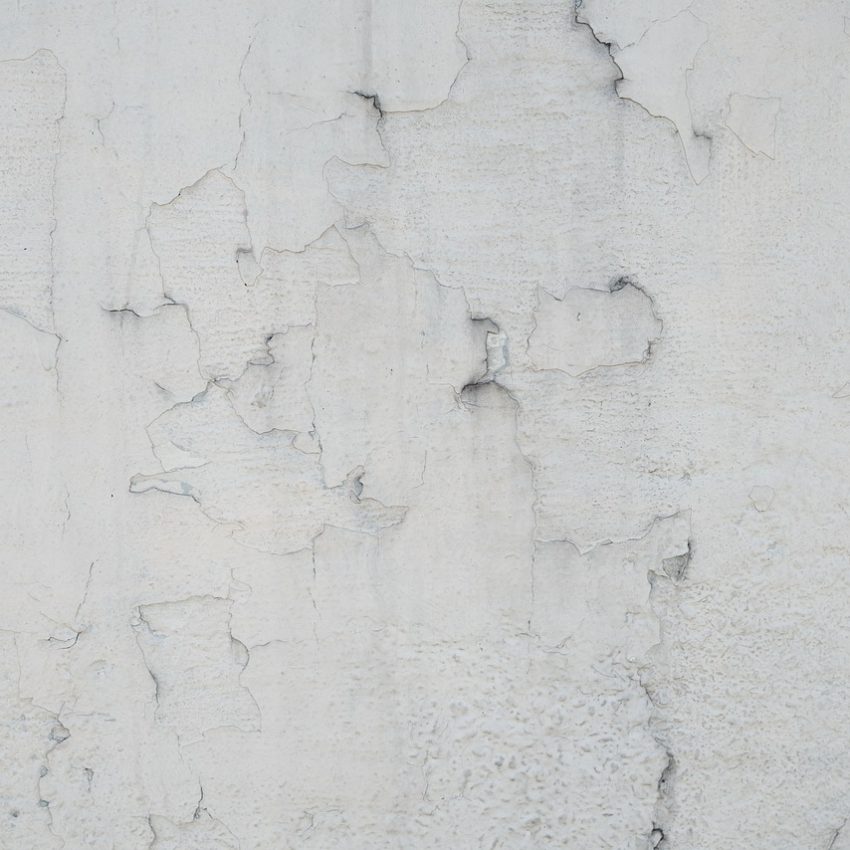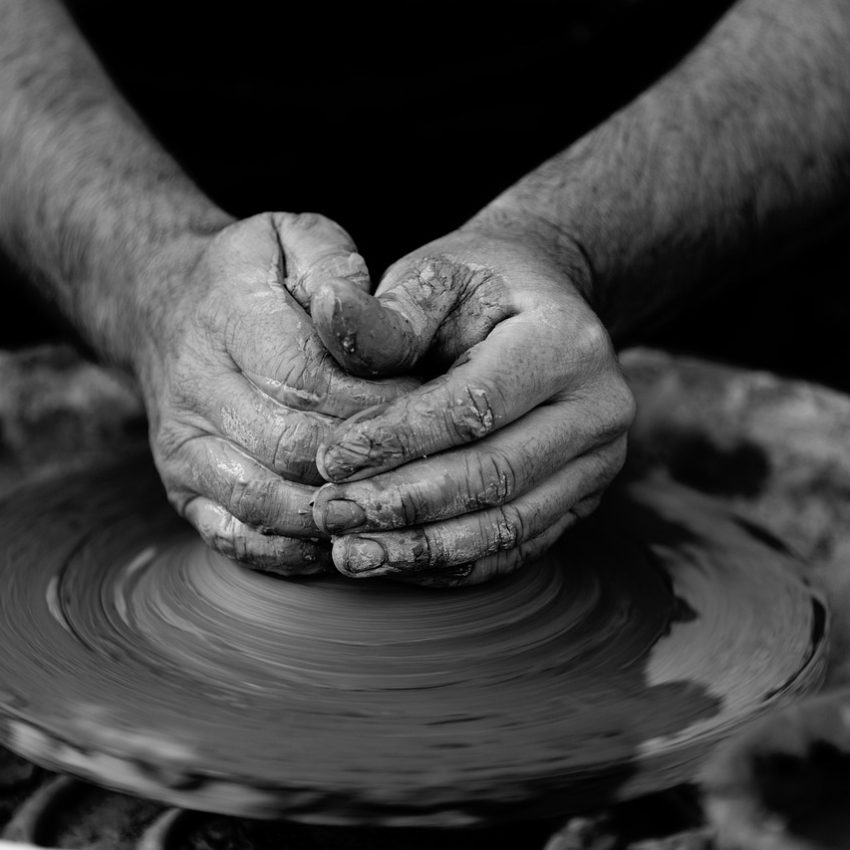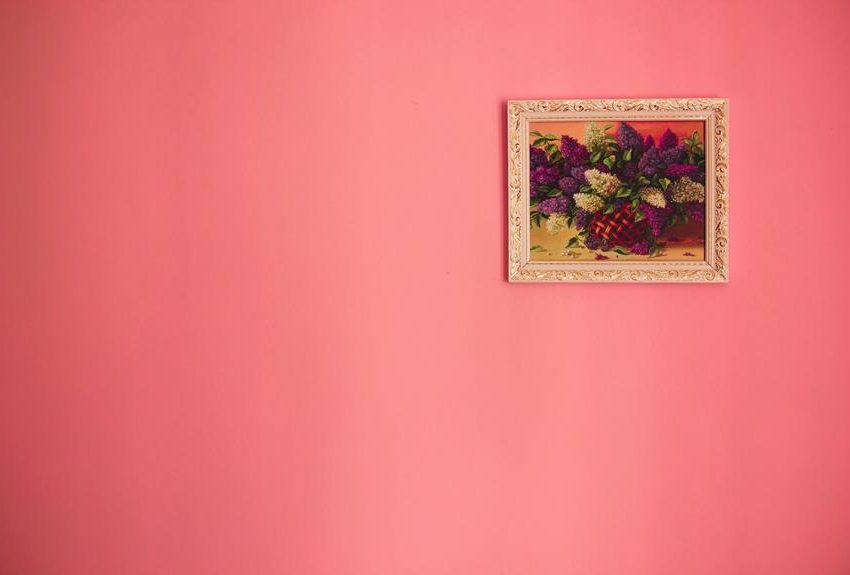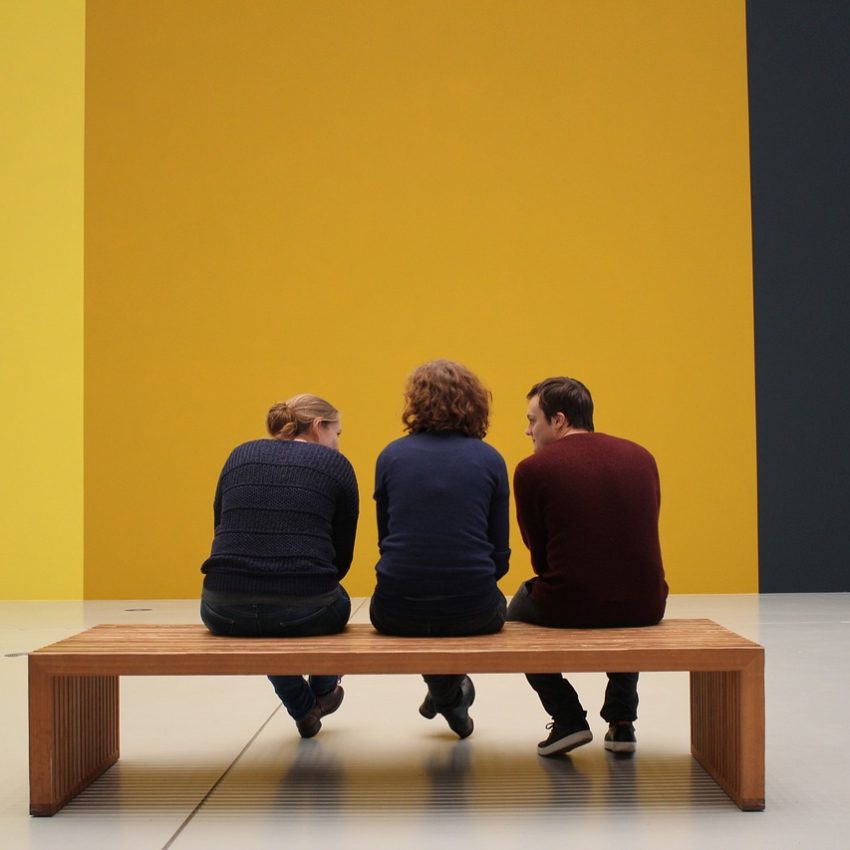Contemporary and Original Landscape Paintings
Embark with us on a breathtaking journey through the captivating world of landscape paintings, where nature’s beauty is eloquently immortalised on canvas.
In each stroke and hue, artists breathe life into scenes that evoke a deep connection with the natural world, utilizing a range of painting styles to enhance the viewer’s experience.
The brush becomes a conduit, translating the serenity of sun-kissed meadows or the drama of stormy seas onto an eternal stage – one that invites us to pause and ponder the vastness of our surroundings.
Within these masterpieces lies more than just picturesque scenes; they hold stories untold, emotions unspoken, and a reverence for the ever-changing tapestry of Earth itself. Each painting whispers tales of sunrise promises and twilight farewells, bridging the gap between art and reality with strokes that transcend mere pigment on surface.
Historical Background of Landscape Paintings
Shan shui painting
Just as the physical landscapes of our world undergo constant transformation, so too does the artistic portrayal of landscapes evolve significantly over time.
What was once an overlooked genre has now become the focal point of some of the most renowned paintings in history.
Landscape art transcends mere aesthetic appeal; it serves as a window into cultural, philosophical, and spiritual dimensions, making each piece a sought-after wall art for collectors, especially those featuring the picturesque views of Scotland. Embark on a journey through time with Artsper as we unravel the rich tapestry of landscape art history.
Long before landscape art emerged as a distinct genre in the Western world, China boasted a rich tradition of depicting natural scenery.
Dating back to the 6th century, the predominant form of landscape representation was shan shui, a technique employing ink and brush, inspiring gallery collections worldwide.
Rooted in Taoist philosophy, shan shui embodies the harmonious coexistence between humanity and the natural world—a reflection of the principles of yin and yang.
This tradition often juxtaposes imposing mountains, revered in Chinese culture, with the gentle flow of rivers or cascading waterfalls.
As Ch’eng Hsi aptly stated, “Shan shui painting is not merely a window for the viewer’s gaze but an object for the viewer’s contemplation.”
In this tradition, the emphasis lies not on realistic depiction or color fidelity, but rather on the spiritual resonance conveyed by the artwork, often embodied in art prints.
Central to the essence of shan shui are three fundamental elements: the path, the threshold, and the heart, much like the journey one undertakes when viewing an original landscape in a gallery.
The meandering paths, mirroring those found in nature, guide the viewer’s gaze toward a welcoming threshold, often symbolized by a majestic mountain.
At the heart of every shan shui painting lies its focal point—the nexus where all other elements converge.
This focal point represents the culmination of the viewer’s journey, where the spiritual essence of the artwork manifests most profoundly, drawing the observer into a transcendent experience.
Renaissance
During the Renaissance in the Western world, artistic focus remained predominantly on narratives rooted in biblical, mythological, and historical themes, yet the allure of the landscape, especially as depicted in colourful British landscapes, was beginning to take root.
Consequently, instances of artwork solely celebrating scenery during this period are scarce. However, it’s worth noting that these narratives often unfolded against a backdrop of natural scenery.
Moreover, the advancements in mathematical techniques in painting during the Renaissance era profoundly impacted landscape painting, leading to a deeper comprehension of perspective and proportion and revolutionizing the depiction of landscapes.
Official recognition of landscape painting as an independent genre occurred only in the 16th century, alongside historical painting, portrait painting, genre painting, and still life. Despite this formal acknowledgment, landscape painting continued to be regarded as of lesser importance.
For instance, Joachim Patinier’s “Landscape with Charon Crossing the Styx” reflects an appreciation of nature cultivated through the artist’s travels. However, the primary focus remains on the classical mythological tradition of Charon and the Underworld.
Romanticism
Landscape painting began to flourish in the late 18th century, coinciding with the emergence of Romanticism, where it often retained a religious undertone.
Moreover, it evolved into a means of personal expression, conveying the painter’s emotions and reverence for nature.
The inherently introspective and subjective nature of Romantic art defies easy categorisation.
Nonetheless, scholars generally identify three main categories of Romantic landscape art: the Picturesque, the Pastoral, and the Sublime.
Each style reflects a reaction to the rapid urbanization of the Enlightenment era and the Industrial Revolution.
The Romantic movement of the late 18th to mid-19th centuries saw a profound shift in landscape art, emphasiing emotions and awe-inspiring nature scenes.
Influential figures like J.M.W. Turner’s work showcases the sublime beauty of the Scottish landscape, bringing a range of painting styles to the forefront of British landscape art.
Turner have contributed significantly to the genre of landscape art, often with works that now grace the walls of UK galleries as original landscape paintings.
Turner, known for his dramatic seascapes and fiery sunsets, helped shape this new approach to landscapes by infusing them with vibrant colors and dynamic compositions.
Symbolism played a crucial role during this period, with elements like stormy skies representing turmoil or lush forests symbolizing growth and renewal.
Impressionism
During late 19th century came the birth of early modern landscape painting, beginning with Impressionism, and prominently featuring the British landscape which added a colourful dimension to the genre.
The invention of transportable oil paint tubes meant that artists were no longer confined to a studio. As a result, scenery painting en plein air became popularised, allowing artists to paint at any moment of inspiration, often capturing the colourful and dramatic Scottish landscape.
Impressionist landscape paintings don’t focus on capturing every detail of the landscape. Instead on capturing the energy, portraying key elements such as the light, colors and shadows.
The inspiration comes not from the scene itself, but from the initial impression it leaves upon the artist, often leading to the creation of a fine art print.
For example, one of the most famous Impressionist paintings, and in fact the painting from which the term Impression originates, is Claude Monet’s Impression soleil levant.
While not explicitly detailed, the painting encapsulates flawlessly the energy of a sunrise, with the use of color to depict changes in light and mood.
As the art world progressed into the modern era, artists continued to push boundaries and redefine what constituted a landscape painting.
The Impressionists introduced a fresh perspective on capturing light and atmosphere outdoors, while post-Impressionists like Paul Cézanne deconstructed traditional notions of space within landscapes.
Today, contemporary artists explore innovative techniques and interpretations, blending traditional methods with digital tools to create captivating representations of our ever-changing relationship with nature.
Understanding this evolution helps us appreciate not only the technical skill but also the artistic vision behind each landscape masterpiece.
Picturesque
The Picturesque genre highlights the untamed beauty of natural landscapes, untouched by human development and urbanization. This style emerged as people began to value scenic vistas, expressing concerns about their potential disappearance over time.
Pastoral
Pastoral paintings primarily depict humanity’s harmonious coexistence with nature, showcasing our mastery over the natural world. John Constable’s “Flatford Mill” exemplifies this theme through the depiction of the river, wooden tools, and horse, symbolizing human interaction with the environment. Additionally, Constable’s subtle use of soft colors imbues the scene with a sense of contentment and tranquility.
Sublime
In contrast, the Sublime seeks to display the incredible, divine power of nature for a very different purpose.
Sublime Romantic landscape art focuses primarily on terrifying with the sheer power of the natural world. It heeds warning against those wishing to go against it, such as Industrialists, with the implication that within nature is the wrath of God.
An Avalanche in the Alps by Philip James De Loutherbourg perfectly demonstrates this through a contrast between the enormous, jagged cliff face and the tiny figures cowering from the lethal threat of the avalanche.
The Cityscape
During the mid-twentieth century modern period, there was a notable shift towards conceptual and abstract art, sidelining traditional landscape painting.
However, the late 20th century witnessed a revival of figurative art, leading to the emergence of a new genre: the cityscape.
This genre departed from the idyllic rural scenes of the past and instead portrayed the dynamism and urbanization of modern cities.
One such example is Richard Estes’ painting “Sunday Afternoon in the Park,” which depicts sunbathers in Central Park against the backdrop of the New York City skyline.
Created from a composite of 17 different photographs, Estes’ painting aims for hyper-realistic accuracy, blurring the lines between painting and photography. Through meticulous detail, Estes captures the vibrant energy of the cityscape with unflinching honesty, transforming it into a fine art piece suitable for any frame.
Techniques Used in Landscape Paintings
Landscape paintings, with their ability to transport viewers to serene meadows or dramatic cliffs, often rely on a combination of technical skills and artistic vision.
One crucial aspect is the study of light and shadow, where artists masterfully play with contrasts to create depth and realism in their landscapes.
By skillfully incorporating highlights and shadows, painters can make a two-dimensional canvas feel almost three-dimensional – casting long shadows at sunset or capturing the gentle glow of dawn.
Brushwork Techniques
In addition to manipulating light, brushwork techniques play a vital role in enhancing textures and details in landscape paintings.
From the delicate strokes that delicately depict blades of grass to bold impasto techniques that bring rugged mountains to life, each brushstroke adds character and dimension to the scene.
Artists may experiment with different brushes or even unconventional tools to achieve desired effects, making each artwork unique in its presentation.
Perspective and composition are crucial elements that determine how striking a landscape appears on canvas.
Through careful placement of focal points, consideration of foreground, middle ground, and background elements, as well as utilizing principles of vanishing point and scale, artists can guide viewers’ gazes through the painting.
By mastering these techniques, painters can create breathtaking vistas that draw the eye into the scene – whether it’s a peaceful countryside setting or a turbulent seascape under stormy skies.
Themes in Landscape Painting
Landscape paintings offer a magnificent window into the varying seasons of nature, capturing the essence of spring’s blooming flowers, the warm hues of summer, the vibrant colours of autumn foliage, and the serene blanket of winter.
Artists skillfully depict these seasonal changes not only through visual elements but also by infusing them with emotions and moods.
For instance, a painting showcasing a winter landscape with snow-covered trees and frozen lakes can evoke feelings of tranquility and introspection, while a summertime scene filled with lush greenery and sunlight might convey joy and vitality.
Nature in Artwork
Nature is often personified in landscape art, becoming the backdrop for exploring human emotions and experiences.
The shifting weather patterns, changing light conditions, and dramatic skies lend themselves to artists’ portrayals of various moods – from the peaceful serenity of a calm sunset over rolling hills to the turbulent energy of an approaching storm.
Through skilled brushwork and thoughtful composition, painters breathe life into landscapes by imbuing them with emotional depth that resonates with viewers on a profound level.
Symbolism plays a significant role in landscape paintings, where elements like trees, water bodies, mountains, skies carry deeper meanings beyond their visual representation.
Trees can symbolise growth, strength, or resilience; water often signifies renewal or change; skies hold connotations of freedom or spirituality, all elements frequently captured in landscape paintings for sale.
Artists use these symbolic elements strategically to enhance the narrative within their landscapes, inviting audiences to interpret not just what they see but also what lies beneath the surface.
Next time you admire landscape artwork, take a moment to delve into the symbolism woven within it – you may uncover layers of meaning that add richness to your viewing experience, whether you’re browsing in a gallery or on Etsy UK.
Famous Landscape Paintings Throughout History
Landscapes have been a source of fascination for artists through the ages, with some creating masterpieces that continue to inspire awe.
J.M.W. Turner’s “The Fighting Temeraire,” for instance, captures the decline of sailing ships as steam power emerged, symbolizing both technological progress and nostalgia.
However, John Constable focused on more serene scenes in works like “The Hay Wain,” known for its meticulous depiction of the English countryside and use of natural light.
These iconic paintings not only showcase individual artists’ styles and techniques but also demonstrate how the same landscapes can be interpreted diversely.
Thomas Cole’s “The Oxbow” reveals a romanticized view of American wilderness, while Frederic Edwin Church’s “Heart of the Andes” highlights the grandeur and exoticism of South American landscapes.
Each artist brings their unique perspective to nature’s canvas, influencing viewers and future generations alike.
Shaping Art Movements
from an Autumn Sunset to the Cornwall Countryside
Moreover, landscape paintings have played a pivotal role in shaping art movements across history.
The Hudson River School, led by artists like Cole and Church, emphasised detailed realism and emotional resonance in their depictions of untouched landscapes.
Similarly, the Impressionists broke away from traditional techniques to capture fleeting moments of light and atmosphere in outdoor settings.
These shifts in artistic approaches were often influenced by landscape painters’ desire to convey not just what they saw but also what they felt when immersed in the beauty of a cottage nestled within nature.
In studying famous landscape paintings throughout history, we not only appreciate artistic skill but also understand the profound impact landscapes have had on art as a whole, making them valuable additions to fine art collections.
From stirring emotions to sparking social commentary or reflecting personal philosophies, these artworks serve as windows into both the external world and the inner workings of artistic minds.
Contemporary Artist Approaches to Landscapes
In the realm of contemporary landscape art, artists are redefining traditional notions of what a landscape painting can be.
These modern interpretations often blend realism with abstraction, creating unique visual experiences that challenge viewers’ perceptions of nature.
By incorporating innovative techniques and unconventional perspectives, contemporary artists breathe new life into this classic genre.
For example, some artists experiment with digital tools to create immersive landscapes that transport viewers to otherworldly realms, blurring the lines between reality and imagination.
Moreover, many contemporary landscape painters are using their art as a platform to raise awareness about environmental issues, often featuring beautiful landscapes in their work.
Through their work, they convey powerful messages about sustainability, climate change, and the need to protect our natural world.
These eco-friendly themes not only add depth to the artwork but also prompt viewers to reflect on their relationship with the environment.
Artists like Zaria Forman, known for her large-scale pastel drawings of melting icebergs and glaciers, use their talent to advocate for environmental conservation through poignant and thought-provoking imagery.
Digital Tools
Digital tools have revolutionised the way artists engage with landscapes, offering new possibilities for artistic expression.
With software programs that simulate natural textures and lighting effects, painters can create hyper-realistic scenes or surreal compositions that push the boundaries of traditional techniques.
From digital paintings to augmented reality installations, technology allows artists to explore landscapes in ways that were previously unimaginable.
This fusion of art and technology opens up exciting avenues for creativity and challenges artists to continually evolve in their practice while inviting audiences to see nature through a new lens.
These contemporary approaches not only showcase the versatility of landscape painting as an art form but also underline its enduring relevance in today’s world.
By embracing innovation, addressing pressing environmental concerns, and harnessing digital tools for creative exploration, contemporary landscape artists continue to captivate viewers with their fresh perspectives on nature’s beauty.
Colourful Palettes
Understanding the use of colour palettes and tones is another crucial aspect of appreciating landscape paintings.
Pay attention to how artists utilizse different hues and shades to evoke emotions or set the mood in a piece.
For example, warm tones like reds and oranges may create a sense of warmth and vitality in a sunlit landscape, while cool blues and greens might evoke a tranquil, serene atmosphere in a painting depicting a misty forest scene.
By understanding color theory, you can better grasp the artist’s intentions and connect with their interpretation of nature.
Connecting emotionally with nature through landscape paintings is where true appreciation blossoms.
Allow yourself to be moved by the beauty captured on canvas – whether it’s feeling the tranquility of a sun-kissed meadow or the awe-inspiring grandeur of a majestic mountain range, each painting offers a glimpse into the beautiful landscape.
Let your own experiences with nature guide your emotional response to these artworks; perhaps a particular painting reminds you of a cherished hike or evokes memories of peaceful moments spent by the sea.
By forging this emotional connection, you not only deepen your appreciation for landscape art but also nurture your bond with the natural world itself.
Conclusion
Landscape paintings have charmed viewers across centuries, bridging time and space to connect us with the beauty of nature.
Their enduring appeal lies in capturing moments of tranquility, grandeur, melancholy, and joy that transcend generations. These masterpieces not only delight our eyes but also touch our souls by evoking a deeper connection with the world around us, making each piece a sought-after original art.
Scottish landscape paintings offer a luminous glimpse into the natural beauty of the Scottish Highlands, coastal shores, and spring meadows. Whether you’re seeking impressionistic interpretations or abstract landscape paintings, an online gallery provides a wide range of options, from vivid prints to original art on canvas.
Imagine the breeze rustling through wildflowers in a spring meadow as you bring the enchanting landscapes of Edinburgh or Cornwall into your living room or hallway. With interest-free options available, explore a selection of giclée prints capturing the bronze hues of autumn or the vibrant blues of a clear sky.
Let the majesty of deer grazing by a burn or the bright hues of coastal scenes uplift and inspire your space, as you immerse yourself in the timeless allure of Scottish landscape art.
As we immerse ourselves in the vibrant hues of landscapes and the delicate strokes of artists, we embark on a timeless journey through nature’s canvas. Each painting whispers stories of seasons changing, storms passing, and sunsets casting their golden glow.
They invite us to pause, reflect, and appreciate the boundless wonders that surround us. Through landscape art, we find solace in chaos, beauty in simplicity, and a shared language that transcends words – a testament to the eternal allure of nature on canvas.











